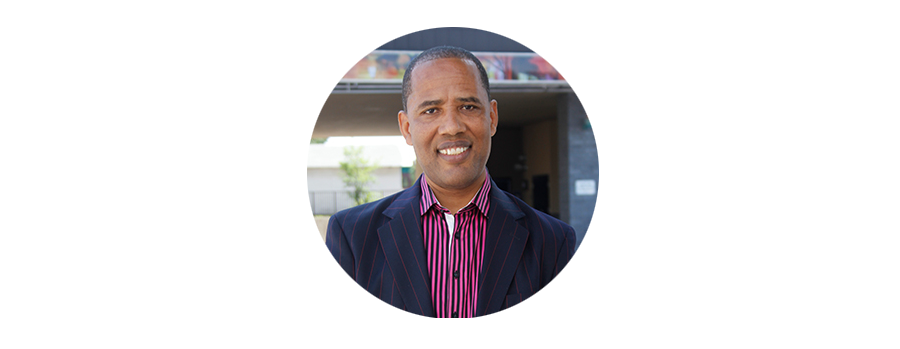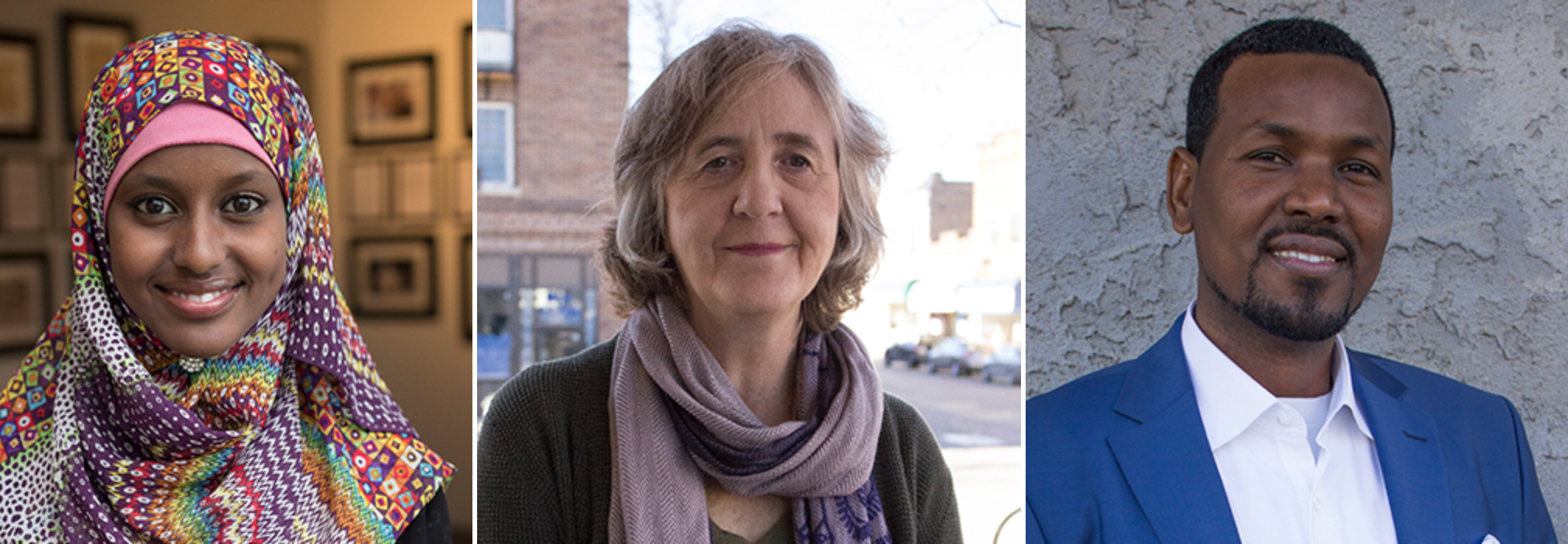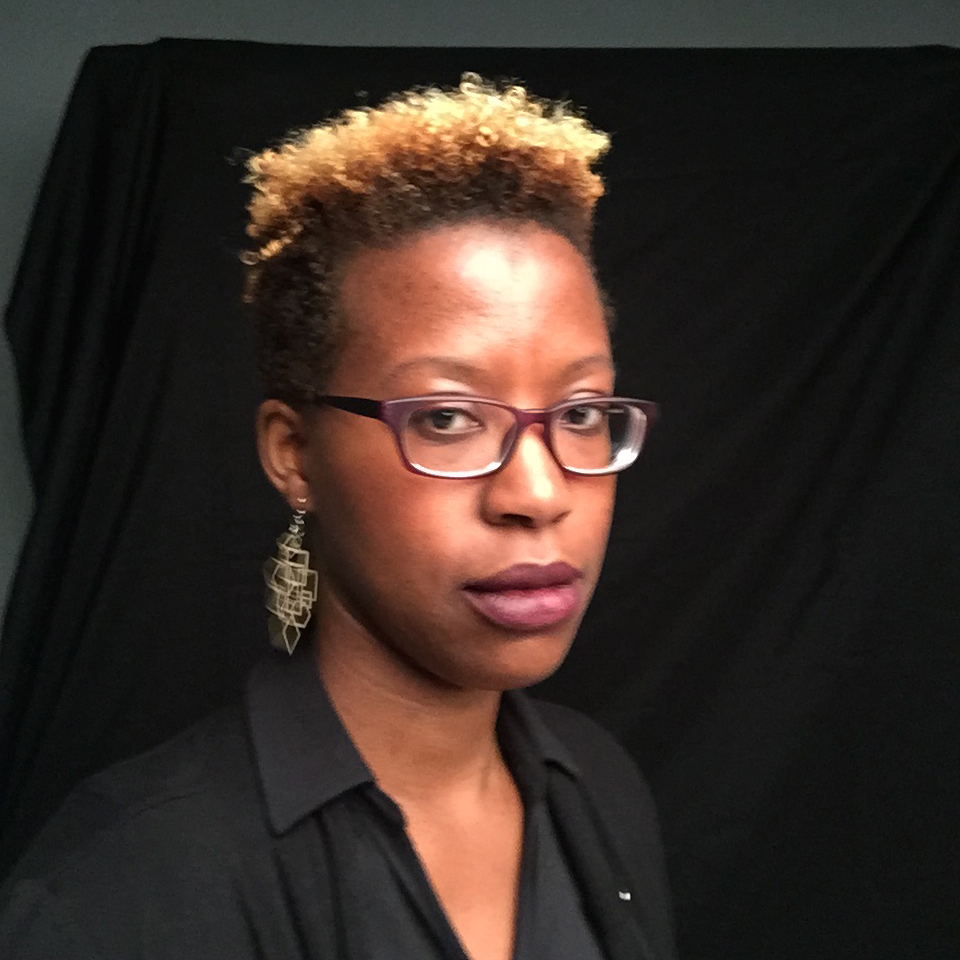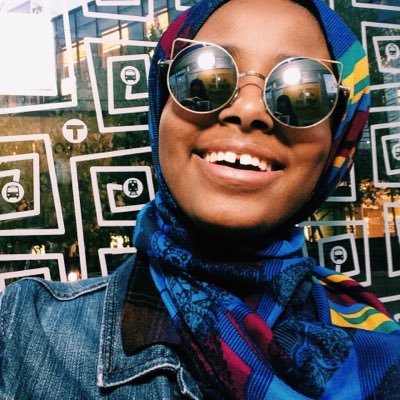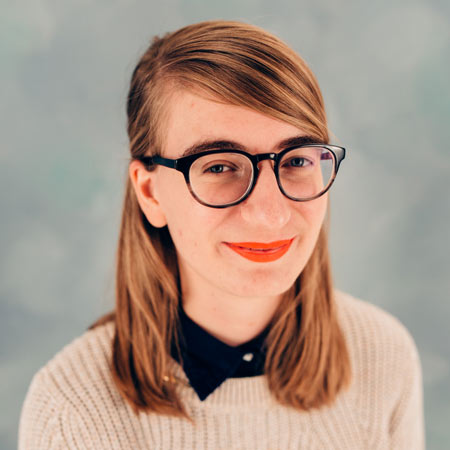Story by Valerie Déus and the Pollen Story Team
Photos by Fatuma Mohamud and Illustration by Allegra Lockstadt
Sahra Noor has more than fifteen years of experience in the health and medical field and currently brings her refreshing, bright spirit and sense of hope to her new role as CEO of People’s Center Health Services — a community clinic with more than forty-five years experience providing culturally responsive primary care services to communities who may not have access to mainstream healthcare. Sahra’s story is the story of the clinic’s patients. As a leader, she brings a heightened level of inclusion in a way that can perhaps only be possible when the leader actually reflects the population the organization serves.
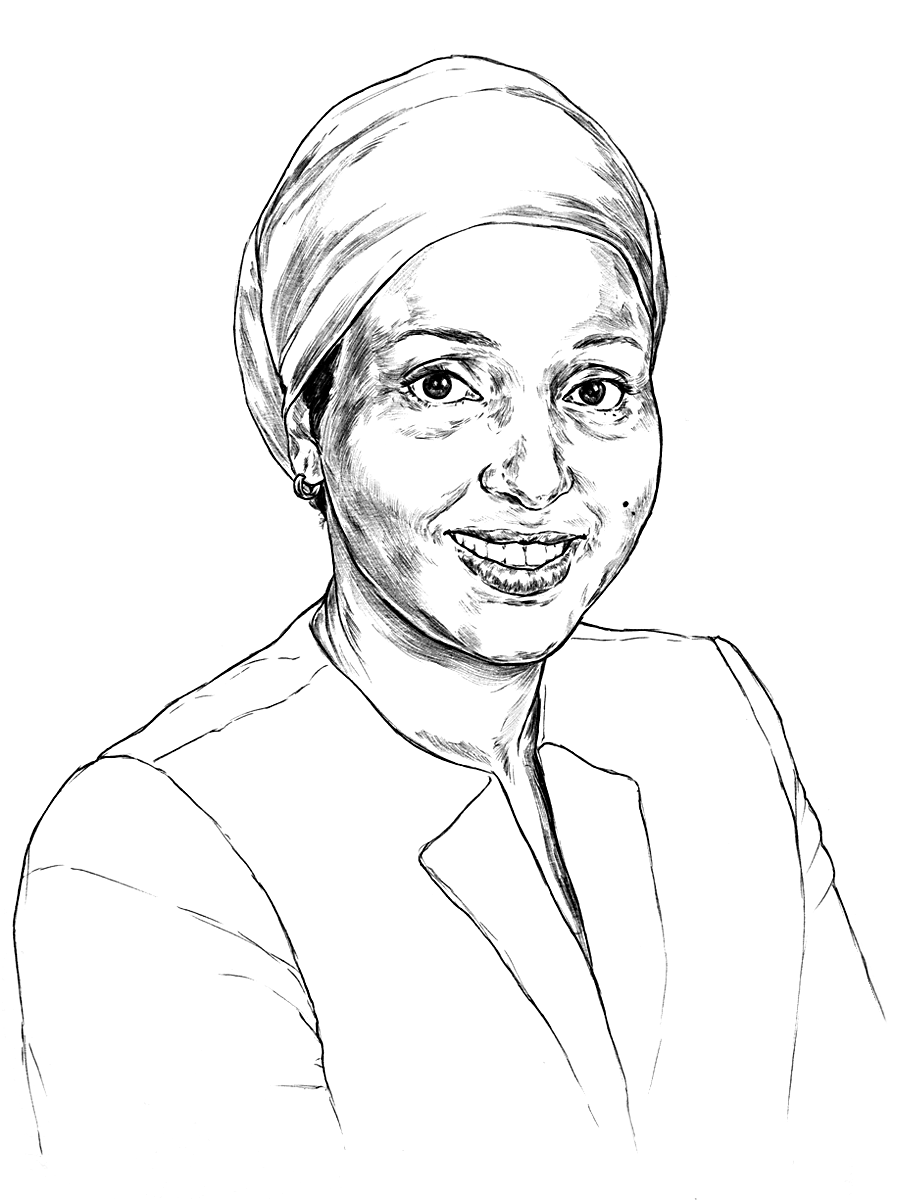

ahra grew up middle class in Mogadishu, Somalia. She was very close to her grandfather who was in charge of the National Marine Transport in Somalia. He was a family-oriented man with a strong sense of self. “What I remember about him is that he was a generous man who was always concerned about the well-being of his family and his staff. He was a great role model.”
Sahra’s mother worked outside of the home and owned a car back when it wasn’t common for women to drive in Somalia. One of Sahra’s favorite memories of her mom was the early morning quiet time they spent together walking to the bakery a few blocks from their home as they got ready for school and work. “Watching her balance her life taught me not to be daunted by multitasking.”
There is a village idea of raising children. Loved ones who supported Sahra’s growth enveloped her as a child. Her vast support system always helped her navigate the difficulties of life. Though Sahra was a child during a period of peace—insulated from harsh realities of extreme hardship—living in the refugee camp as a teen changed her perception of the world.
While in the camp, Sahra witnessed illness and the death of her aunt, but what sticks with her the most from those experiences is how the nurses cared for the sick and the needy. Nurses were the few people who could still work in the camp. Sahra spent year after year in the camp, watching the nurses care for people. It made her want to change the world, at least the worlds of individuals in pain. It made her want to be a nurse.
Whether living in a refugee camp or living in Minnesota, this village spirit of strength cemented who Sahra would become and set the foundation for her to be the leader of a multi-million dollar health clinic.
“I came to this country at eighteen with a firm sense of self. When things happen, they don’t rupture my idea of who I am. I am firm in my identity and I have my family to back me up.”
In the spirit of her grandfather, Sahra seeks to make deep connections with those around her. No matter how busy she is, Sahra makes a point to walk the halls of the clinic to capture the energy of the building and the people it holds. She makes a point to connect with staff, patients, and community members.
She understands the true meaning of her work can’t be found in the four walls of her office. Instead, it is found in the hallways and waiting rooms—with the people. Part of health and healing is connecting people to each other and resources, because nothing is more debilitating than being isolated.

Tucked in the Cedar Riverside neighborhood, the main clinic of the the 45-year-old People’s Center Health Services quietly serves the community. The bustle of traffic both on and off the sidewalk is a reminder that sometimes a place can be many different things at once—quiet but busy, tough, and soft. That duality can be seen at People’s Center.


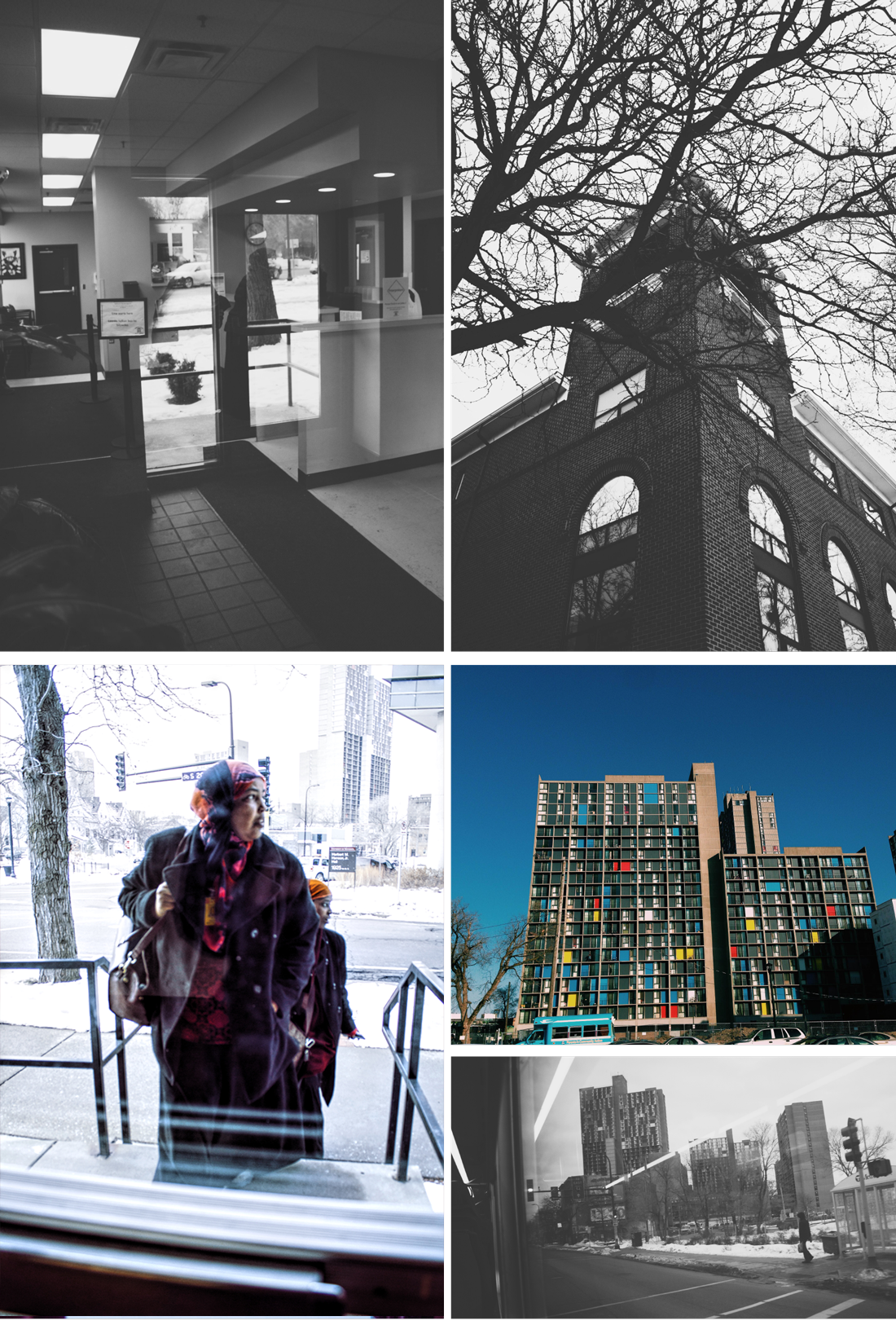
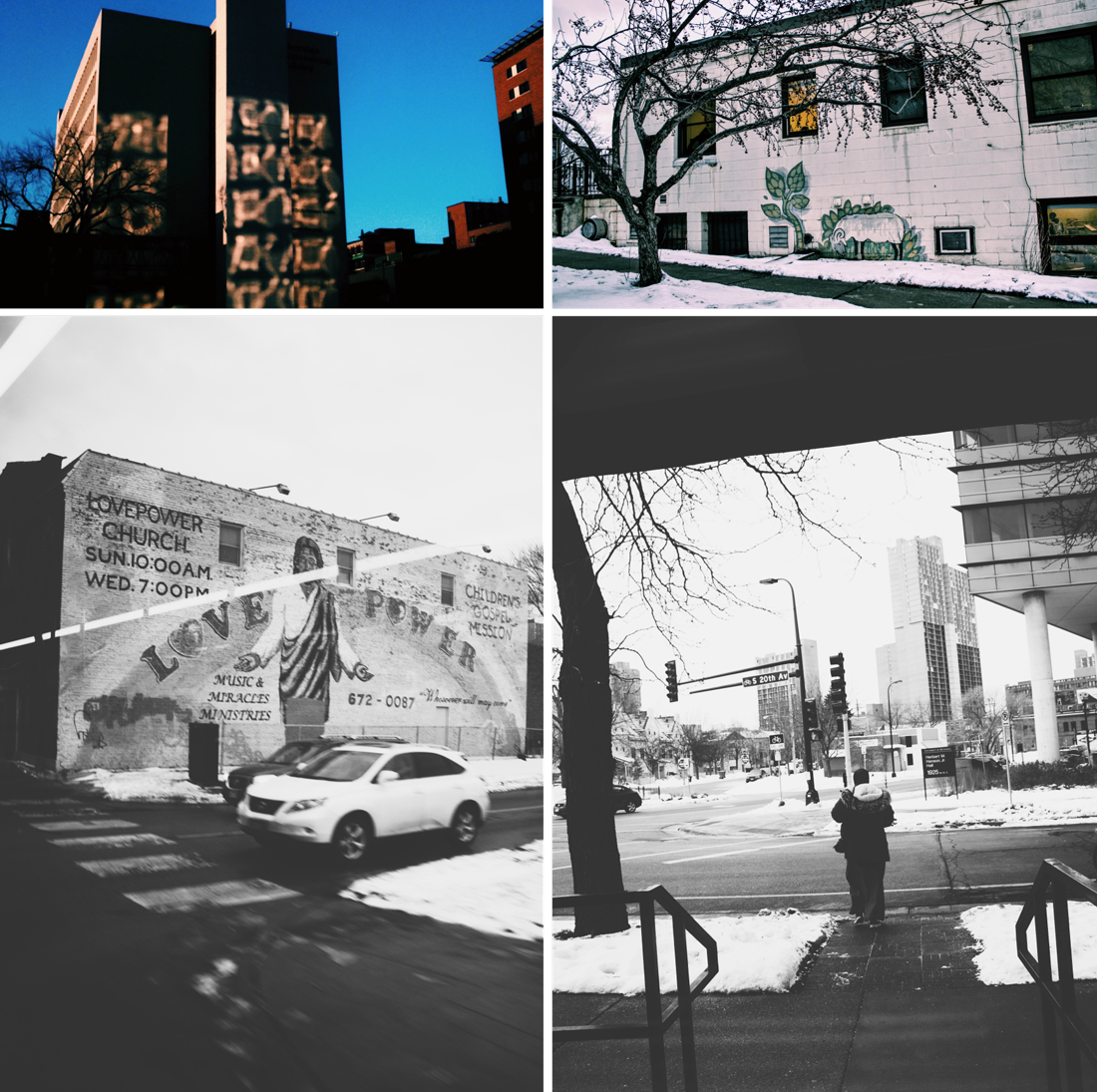
Beyond her years of experience and depth of expertise, perhaps the most valuable asset Sahra brings to the organization is her value for inclusion—in a way that can perhaps only be possible when the leader actually reflects the population the organization serves.


ow rare is it for a leader to reflect the population it serves? Rare. Less than 10%. It’s not only rare, it’s one of the biggest crises facing the nonprofit sector’s ability to effectively serve its clients.

—From a leading national report about diversity in the nonprofit workplace—
To anyone working in the nonprofit sector this is no surprise. There is chronic underrepresentation of reflective leadership, and when most nonprofits serve communities that are more than 50% people of color, it’s time for the social sector to do more than just have conversations and value statements around inclusion, diversity, and equity.
As a community clinic, People’s Center Health Services serves a neighborhood that is more than 60% people of color and 57% of households have incomes below poverty.
Out of the 9,402 patients People’s Center served in 2014, nearly 80% of those who disclosed demographic information were African American (primarily Somali and Ethiopian), and 51% were served in a language other than English (primarily Somali). More than 50% of People’s Center staff are people of color, 30% are bilingual, and their CEO, Sahra Noor, is both.
Not only does Sahra reflect the community her clinic serves, she was once a patient.
With more than 90% of the nonprofit sector failing to live its values of inclusion, diversity, and equity by not hiring reflective leaders, how did People’s Center get it right?
The rarity of reflective leadership comes from roots in systemic racism and the role of white supremacy in establishing an institution of policies and rules designed to maintain status quo in power, culture, and comfort. Nonprofit governance—perhaps one of the most important elements that determines an organization’s success—is where the policies, mission, and executive hiring happens. A 2015 report about nonprofit board practice, calls out that at the highest level of decision making for the social sector—boards of directors—80% of the board members are white and 25% of boards lack a single person of color.
But People’s Center is different.
People’s Center is a federally qualified health center, and in order to achieve this level of qualification, the clinic must meet many requirements. One of which is the majority of their governing board of directors be composed of the clinic’s patients. And with People’s Center’s patients being more than 50% people of color and bilingual, and its board of directors being more than half composed of patients, it now makes perfect sense how this nonprofit was equipped to make the decision to hire a leader that values inclusion and actually reflects the population the clinic serves.
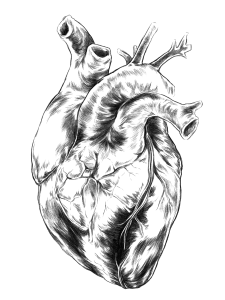
Does this mean that the nonprofit sector needs to usher in formal policy change at the highest level of governance to ensure values around inclusion are met? Yes, that’s exactly what this means. When 50% of nonprofits have written diversity statements, but less than 10% have CEOs of color, it means that statements are not enough.
To truly overhaul oppressive systems and redesign spaces to be more equitable, many policies and positions of power must be challenged. In the meantime, Sahra uses her position to actively create new opportunities for others by demonstrating inclusive leadership.

ahra understands that when you aren’t represented at the table, decisions are made without you in mind. Sahra describes inclusive leadership as “everybody is at the table.”
“Inclusive leadership takes time. It takes a significant amount of time and patience to live in an ambiguous world, because if you really want black and white, it’s not for you.”
By being mindful and taking into consideration the specific needs of the community, Sahra finds a balance that contributes to the success of the clinic. She engages the community and providers by using their expertise and their desire to run a clinic rooted in the social justice of healthcare. She’s not afraid to challenge people and say the things people don’t want said. “I like when I’m exposed to different perspectives, that’s how we learn.” When challenged, she doesn’t falter—she listens, incorporates the new information, and moves on.
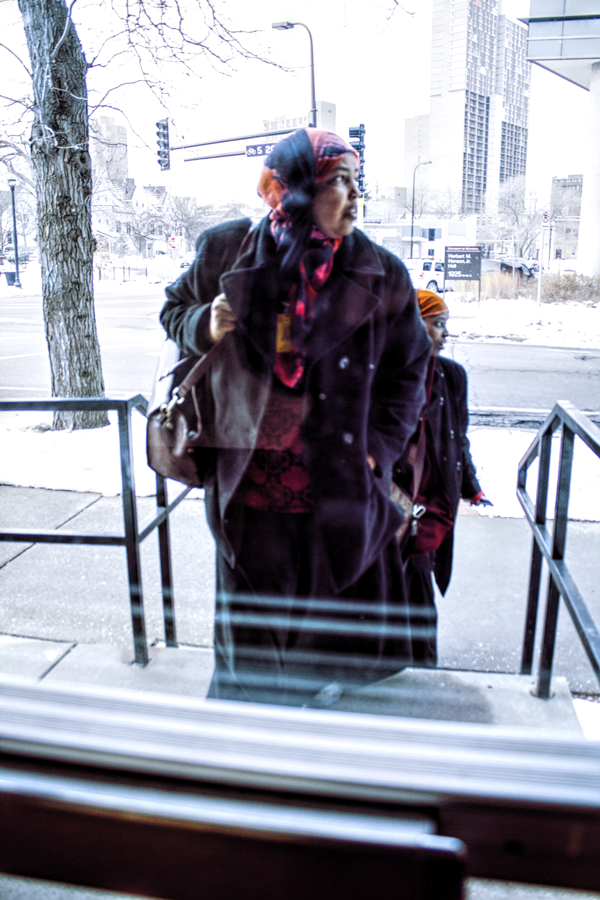
4 Thoughts On Inclusive Leadership
“I empower my team by putting them in leadership positions so they can shine; that way I get to share the power.”
The sharing of true decision-making power at the top of organizations should not be a radical idea, but it is rarely an activated practice.
“I’m here to handle problems, not people. People are never the problem.”
People are sometimes seen as “difficult”— because people just want to be heard and feel cared for. It’s not the people that need to be dealt with—it’s the problems that need to be handled.
“I believe in collaborative leadership.”
Her leadership style involves inclusivity and reflectiveness. She connects with her team, the patients, their families, and community stakeholders to see what’s best for the community the center serves.
“As Shirley Chisholm, the first African American woman elected to US Congress said, ‘If you don’t have a seat at the table, bring a chair.'”
Be ready to speak up and advocate for yourself no matter what.

The Voice of Nonprofit Talent: Perceptions of Diversity in the Workplace
A report that focuses on building and sustaining diverse organizations
Leading with Intent: A National Index of Nonprofit Board Practices
A 2015 comprehensive report of nonprofit board practices, policies, and performance
Nonprofits Don’t Really Care About Diversity
Rosetta Thurman breaks down the data and meaning behind the above surveys
All right, everyone, we need to freak out more about nonprofit leadership
Vu Le tells it like it is and breaks down leadership barriers in the nonprofit sector
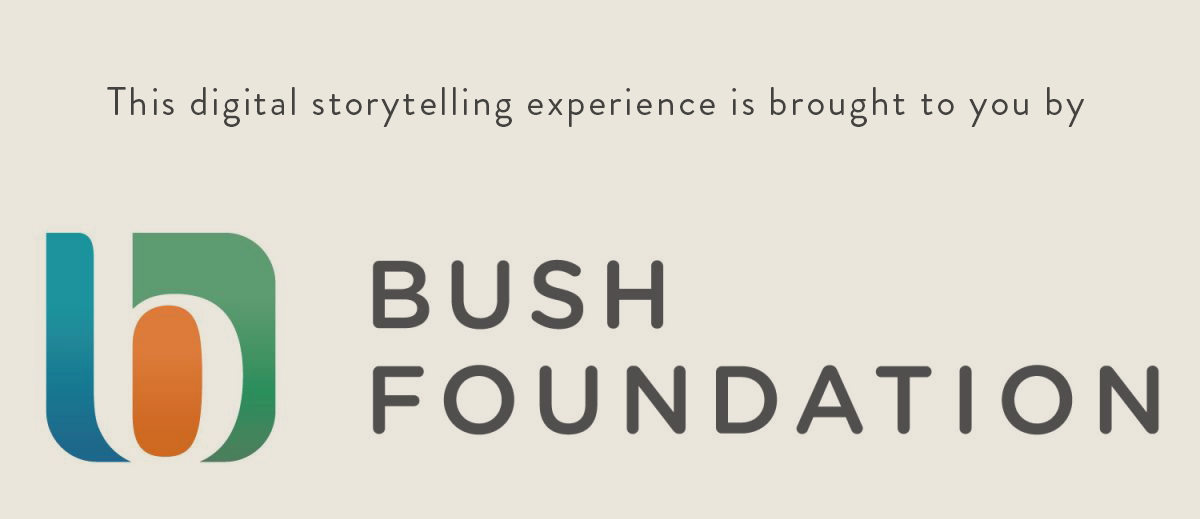
Contributors
**Photo of Mogadishu Somalia provided by Sahra Noor.





